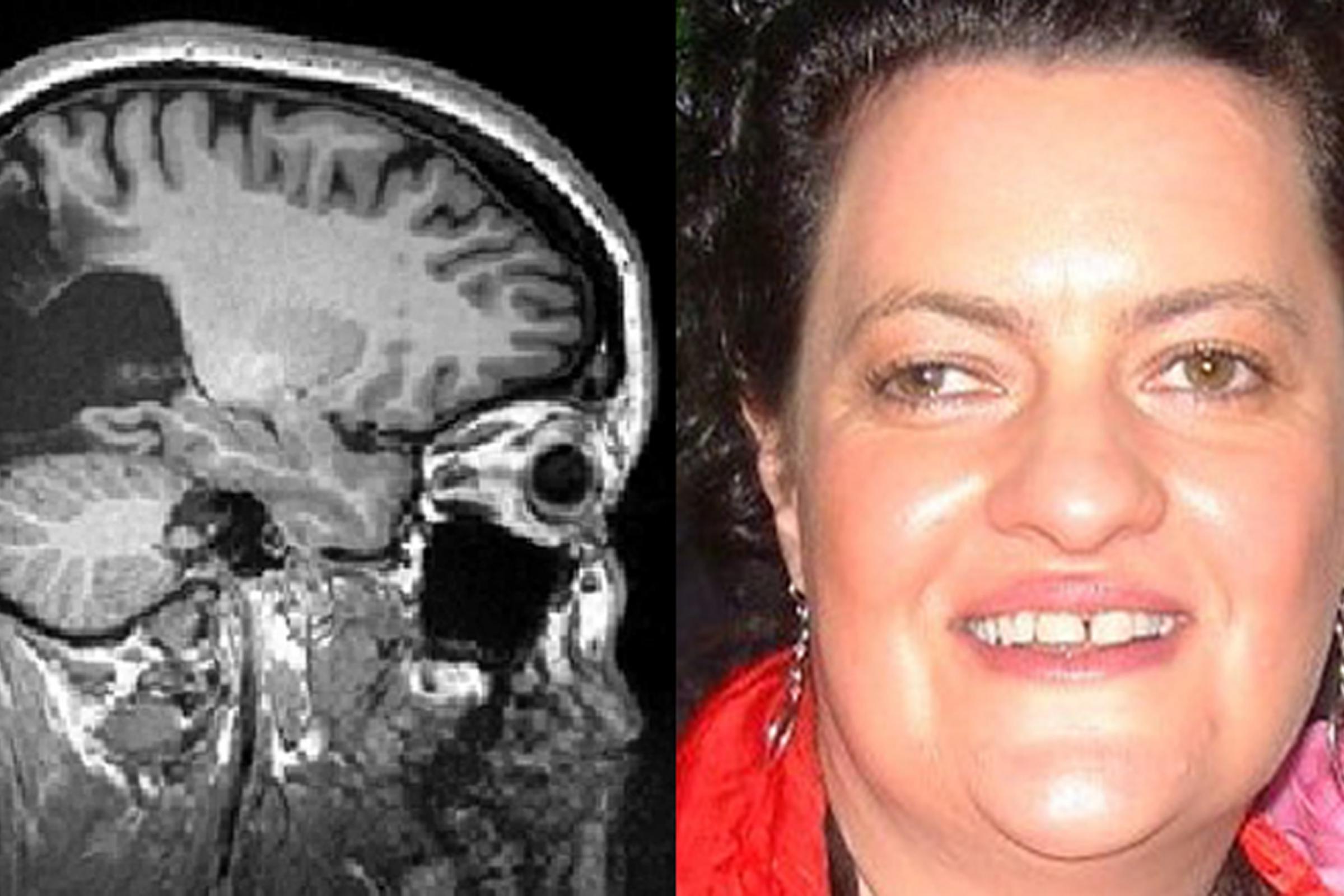
Riddoch Syndrome is a rare and intriguing condition that affects vision. People with this syndrome can only see objects when they move. Static objects remain invisible to them. This phenomenon occurs due to damage in the primary visual cortex, often caused by a stroke or traumatic brain injury. The brain's ability to process motion remains intact, while the perception of still images is lost. Imagine seeing a car only when it’s driving but not when parked. This unique visual experience challenges our understanding of how the brain processes sight. Riddoch Syndrome offers a fascinating glimpse into the complexities of human vision.
Key Takeaways:
- Riddoch Syndrome causes people to only see moving objects, not stationary ones. It's named after George Riddoch, who discovered it during World War I while treating soldiers with brain injuries.
- There is no cure for Riddoch Syndrome, but treatments like occupational therapy and visual aids can help patients adapt and improve their quality of life.
What is Riddoch Syndrome?
Riddoch Syndrome is a rare neurological condition that affects vision. People with this syndrome can only see moving objects, while stationary ones remain invisible. This fascinating disorder offers a unique glimpse into how the brain processes visual information.
-
Named After George Riddoch: The syndrome is named after British neurologist George Riddoch, who first described it in 1917.
-
World War I Discovery: Riddoch discovered the condition while treating soldiers with brain injuries during World War I.
-
Cortical Blindness: Riddoch Syndrome is a form of cortical blindness, meaning the issue lies in the brain's visual cortex rather than the eyes themselves.
-
Motion Perception: Patients can perceive motion but not static images, making it a unique visual impairment.
-
Brain Damage: The condition typically results from damage to the occipital lobe, the brain's primary visual processing center.
Symptoms of Riddoch Syndrome
Understanding the symptoms can help in identifying and diagnosing Riddoch Syndrome. These symptoms are quite distinct and can significantly impact daily life.
-
Inability to See Stationary Objects: The most striking symptom is the inability to see objects that are not moving.
-
Visual Field Deficits: Patients often have blind spots or reduced vision in certain areas of their visual field.
-
Difficulty with Reading: Reading becomes challenging because the text remains stationary.
-
Trouble Recognizing Faces: Recognizing faces can be difficult unless the person is moving.
-
Peripheral Vision: Some patients retain peripheral vision, which helps them detect motion.
Causes of Riddoch Syndrome
The causes of Riddoch Syndrome are usually linked to specific types of brain injuries or conditions. Knowing these can aid in prevention and treatment.
-
Stroke: A stroke affecting the occipital lobe can lead to Riddoch Syndrome.
-
Traumatic Brain Injury: Severe head injuries can damage the visual cortex, causing this condition.
-
Brain Tumors: Tumors in the occipital lobe may also result in Riddoch Syndrome.
-
Infections: Certain brain infections can damage the visual processing areas, leading to the syndrome.
-
Surgery Complications: Complications from brain surgery can sometimes cause this rare condition.
Diagnosis of Riddoch Syndrome
Diagnosing Riddoch Syndrome involves a series of tests and evaluations. Accurate diagnosis is crucial for effective management.
-
MRI Scans: MRI scans can reveal damage to the occipital lobe, aiding in diagnosis.
-
Visual Field Tests: These tests help determine the extent of visual field deficits.
-
Motion Detection Tests: Specialized tests can assess the patient's ability to perceive motion.
-
Neurological Exams: Comprehensive neurological exams are essential for diagnosing Riddoch Syndrome.
-
Patient History: A detailed patient history can provide clues about the onset and cause of the condition.
Treatment and Management
While there is no cure for Riddoch Syndrome, various treatments and management strategies can improve quality of life.
-
Occupational Therapy: Occupational therapists can help patients adapt to their visual limitations.
-
Visual Aids: Special visual aids can enhance motion detection and improve daily functioning.
-
Physical Therapy: Physical therapy can help patients navigate their environment more safely.
-
Counseling: Psychological counseling can assist patients in coping with the emotional impact of the condition.
-
Medication: In some cases, medication may be prescribed to manage symptoms or underlying conditions.
Living with Riddoch Syndrome
Living with Riddoch Syndrome presents unique challenges, but many patients find ways to adapt and thrive.
-
Support Groups: Joining support groups can provide emotional support and practical advice.
-
Adaptive Technologies: Technologies like screen readers and voice-activated devices can be incredibly helpful.
-
Safety Measures: Implementing safety measures at home can prevent accidents and injuries.
-
Routine Adjustments: Making adjustments to daily routines can make tasks easier and more manageable.
-
Education and Awareness: Educating family and friends about the condition can foster understanding and support.
Final Thoughts on Riddoch Syndrome
Riddoch Syndrome, a rare neurological condition, affects how people perceive motion. Those with this syndrome can only see objects when they move. This fascinating phenomenon occurs due to damage in the primary visual cortex, often from a stroke or head injury. Understanding Riddoch Syndrome helps researchers learn more about the brain's visual processing. It also highlights the brain's incredible ability to adapt and find new ways to interpret sensory information.
Living with Riddoch Syndrome presents unique challenges. However, with support and adaptive strategies, individuals can lead fulfilling lives. Awareness and research are crucial for developing better treatments and support systems. By shedding light on this condition, we can foster empathy and understanding for those affected. Riddoch Syndrome reminds us of the brain's complexity and the importance of continued neurological research.
Frequently Asked Questions
Was this page helpful?
Our commitment to delivering trustworthy and engaging content is at the heart of what we do. Each fact on our site is contributed by real users like you, bringing a wealth of diverse insights and information. To ensure the highest standards of accuracy and reliability, our dedicated editors meticulously review each submission. This process guarantees that the facts we share are not only fascinating but also credible. Trust in our commitment to quality and authenticity as you explore and learn with us.


